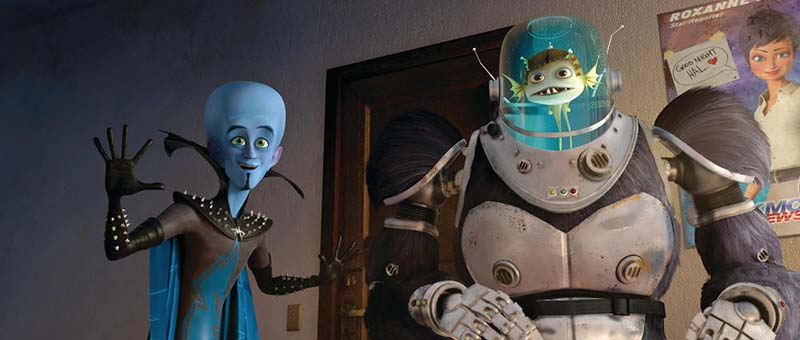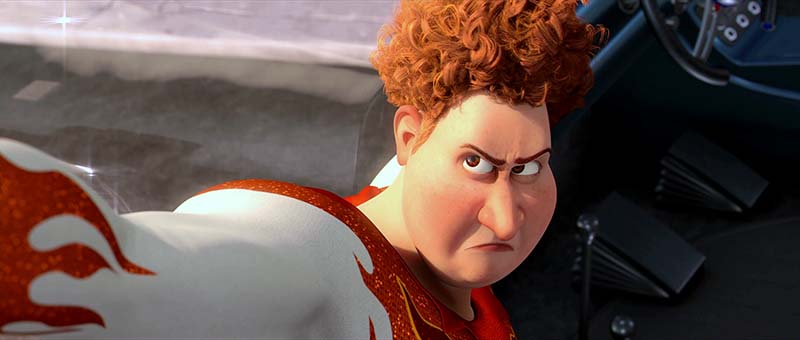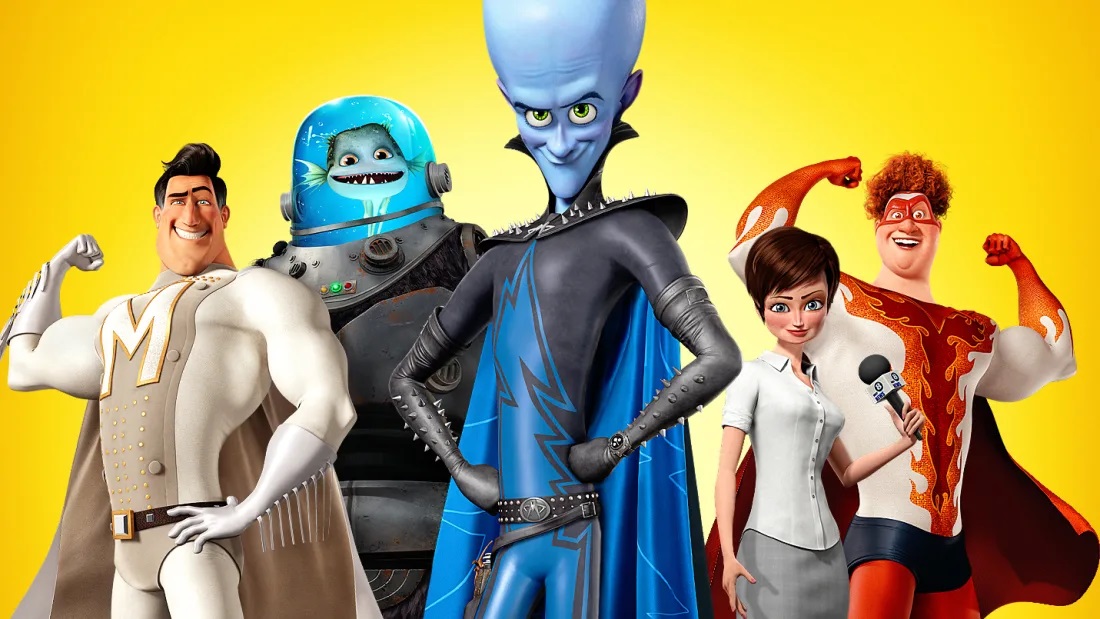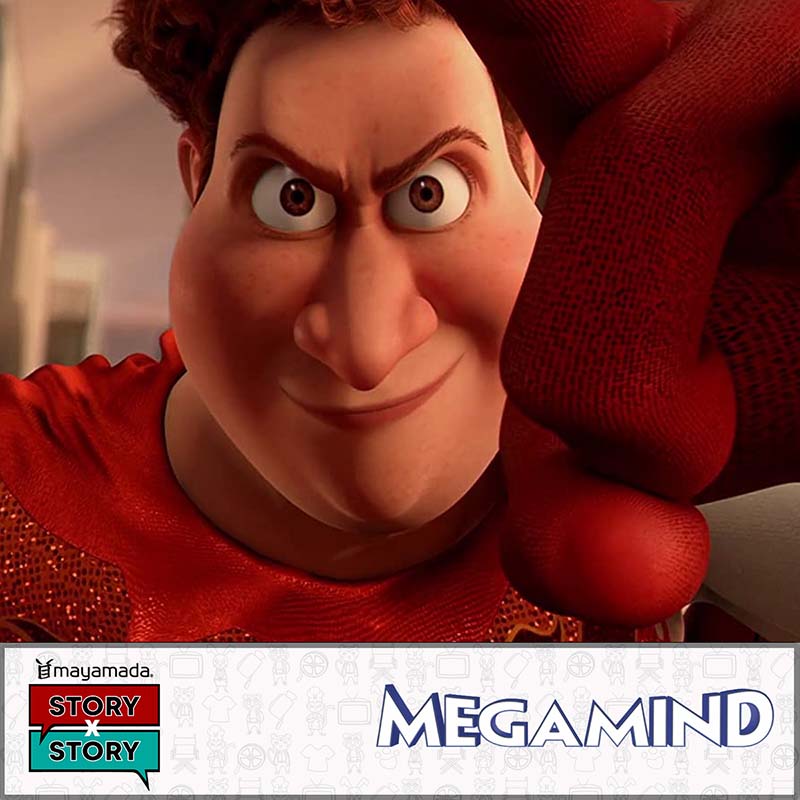Story x Story Tip: The Right Way To Make A Bad Protagonist (Megamind)
Back in episode 15 of Story x Story, I talked about the ways Birds of Prey attempted to create a “bad” protagonist in the form of one Harley Freakin’ Quinn. And when I say bad, I mean an objectively bad protagonist in the context of the film. You can give the episode a listen for a more subjective view of the protagonist and film as a whole.
We’ve seen the bad protagonist done in other stories such as Light Yagami in the classic anime and manga Death Note, Dexter Morgan over 8 seasons of Dexter, Agent 47 in the Hitman series and Felonious Gru in Universals’ animation Despicable Me.
I suggested that Birds of Prey fell short in its execution so I thought it would be worthwhile revisiting the subject with an example of a story that I feel gets it right.
Megamind is Good at Doing Bad
This story centres around the titular protagonist Megamind, who is sent to earth from his dying planet and through an unfortunate twist of fate is doomed to grow up in the prison system. Despite his intelligence and attempts to fit in and a child, he soon accepts the mantle of villain and seeks to destroy his rival and protector of Metrocity, Metro Man.
There is no doubt here that Megamind is the villain of this piece. He has the evil sidekick and nefarious schemes to prove it. But it’s more than these surface level elements that allow writers Alan Schoolcraft and Brent Simons to present a bad protagonist that actually works for this story.
Here are a few reasons why it worked here, but not in Birds of Prey:
1) Even bad protagonists need to be empathetic. In this story, we see Megamind’s journey from baby to fully grown adult villain. That’s not to say you need to show your protagonist from such an early age to make the same empathetic connection, but what we do get is a good understanding of Megamind’s motivations.
Though Megamind is a villain, we are given enough context around his motivations and actions throughout the film. Megamind is characterised in a way the audience can empathise with him and those motivations.
And those motivations don’t only work on a character level but connect to the narrative themes of the story.

2) If your protagonist is bad, your antagonist needs to be much worse. This is a big one that Birds of Prey fails on. To be able to root for a “bad” protagonist, we need to see there is something or someone much worse than them. Or at least some terrible consequences that would occur should the protagonist not achieve their stated goals in the story.
In Megamind, this is handled to good effect with the character Hal. Although Hal starts of largely innocuous (though more than a little creepy,) when he is given superpowers he becomes a threat that is clearly worse than Megamind.
Prior to the birth of Titan, the story has established the hero-villain rules. Megamind and Metro Man fight. Megamind loses. Megamind goes to prison. Megamind escapes. The cycle repeats.
But we soon see that Titan doesn’t play by those same rule. He is selfish, willing to threaten Roxanne and willing to kill. Unlike the antagonist Black Mask in Birds of Prey, it is apparent that Titan is much more dangerous than Megamind and must be stopped. This gives the proper motivation for us to care about Megamind as the only character who can take on this task.

3) A bad protagonist still needs a compelling goal. This really is an extension of the previous point. When you have an antagonistic force that is clearly worse than your protagonist, you naturally have a compelling and understandable goal for your protagonist.
Harley Quinn’s eventual goal in Birds of Prey is to retrieve a diamond embedded with the account numbers to the fortune of the Bertinelli crime family on behalf of Roman Sionis. Getting the diamond would ostensibly allow Sionis to gain enough money and power to do anything he wants. The problem is the film has already made clear he is powerful enough to do what he wants. So it is not clear what difference it would make if this goal was achieved or not.
With Megamind, we have a protagonist who has appropriate empathy and a goal in which the dire consequences of failing to achieve it are made plain.
Have you’ve created a “bad” protagonist in your story? Let us know how you have approached it. You can also listen and subscribe to the Story x Story podcast on Spotify, Apple Podcasts and wherever you listen to you podcasts for future storytelling tips.


